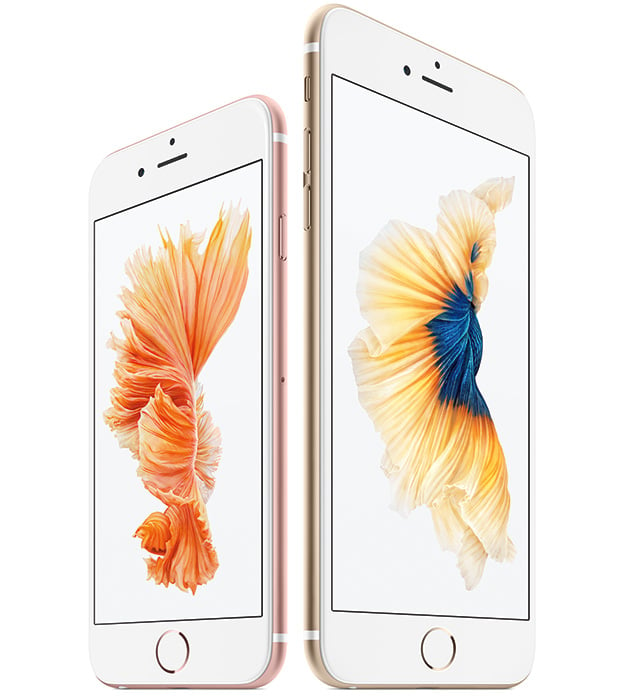Apple iPhone 6s Plus Review: More Of A Good Thing
![]()
Compared to the iPhone 6 Plus, the new iPhone 6s Plus looks and feels the same, save for a slightly thicker and heavier profile that you'll only notice if holding both phones at the same time. Maintaining the same physical design is both good and bad, as the things we liked and disliked about the original remain unchanged. On the positive side, we love the big and vibrant 5.5-inch Full HD display, premium look and feel, and overall construction, which by the way is (unofficially) a bit more water resistant than the previous generation (Apple added a gasket to the frame). Whether looking at or holding the iPhone 6s Plus, there's no mistaking it for anything but a high-end device.
As for the negatives, this expensive piece of hardware feels slippery in the hand. That leaves you with two choices: slide it into a protective case that will inevitably take away from its design, or roll the dice without one and worry that it's only a matter of time before it squirts out of your hand and onto the unforgiving pavement. Door number three would be an insurance plan that includes accidental damage protection, but these often come with pricey deductibles.
While the physical design is mostly the same, there are some compelling upgrades over the previous generation. Other than improved performance, the biggest is 3D Touch. The iPhone 6s and iPhone 6s Plus are the only iPhones that can detect how how much pressure you're putting on the screen and react accordingly. To keep this from becoming a gimmick, Apple coded some useful functionality into its apps to take advantage of 3D Touch, like peeking inside emails while scrolling your inbox and bringing up helpful shortcuts when pressing on apps.
We're not quite as sold on Live Photos. It's a fun feature that we'd rather have than not, though its full potential is hindered by choppy playback of those 3-second animations (1.5 seconds before and after a snapshot). It's also a space hog that can quickly add up if you take a lot of photos.
So, should you upgrade? What it all boils down to is what phone you currently own and what your upgrade eligibility is. For most people, it's probably not worth taking a financial hit to bump up from an iPhone 6 Plus that isn't yet paid off, though if you're using anything older (or can upgrade for relatively cheap on something like Sprint's iPhone Forever program), the iPhone 6s Plus is the iPhone you should be buying.

|
|
|
|
|







